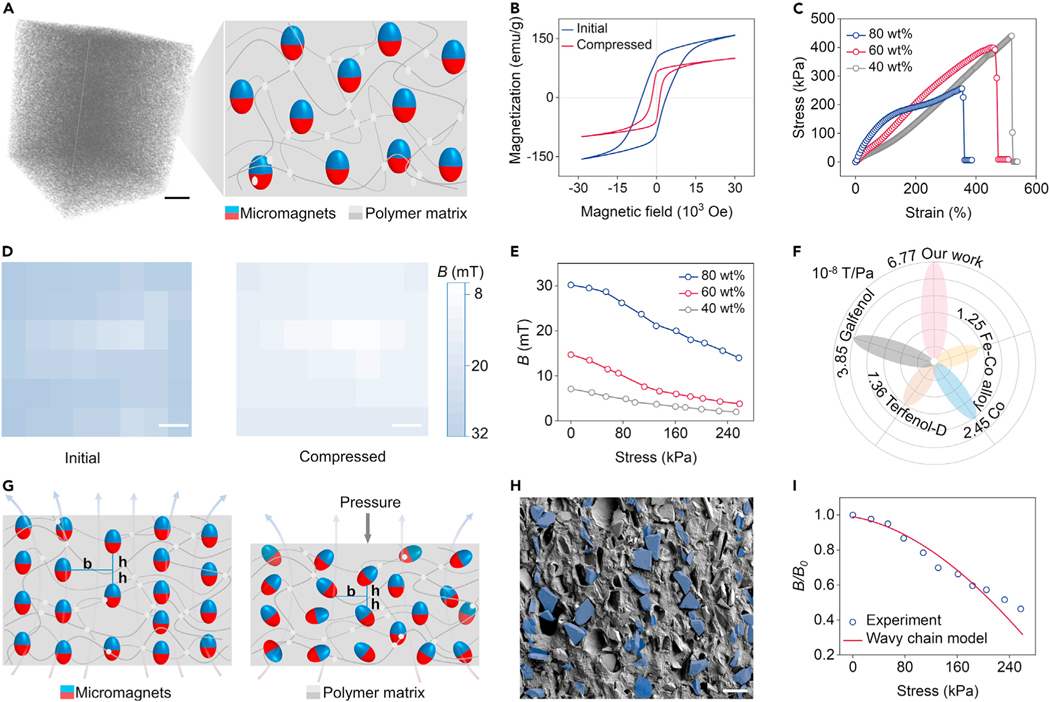Figure 1. Discovering the giant magnetoelasticity in soft matter.
(A) 3D micro-CT of the soft matter and schematics of the internal structure consisted of micromagnets and polymer matrix. Scale bar, 2 cm.
(B) Hysteresis loop of the soft magnetoelastic film with and without uniaxial stress.
(C) Stress-strain curves of the soft magnetoelastic film with different micromagnet concentrations.
(D) Magnetic flux density mappings of the soft magnetoelastic film with/without compression. Scale bar, 0.5 cm.
(E) Magnetoelastic performance of different micromagnet concentrations in terms of applied compressive stress and associated magnetic flux density changes.
(F) Performance comparison of different magnetoelastic systems in terms of the magnetomechanical coupling factor d33.
(G) Wavy chain model to explain the giant magnetoelasticity in soft matter. The dominant parameters are the horizontal center-to-center micromagnet distance b and the vertical center-to-center micromagnet distance h.
(H) SEM images of the soft magnetoelastic film with marked chain structures. Scale bar, 100 μm.
(I) Comparison of the experimental magnetic flux density variation under the applied pressure and the wavy chain model result shows consistency.

